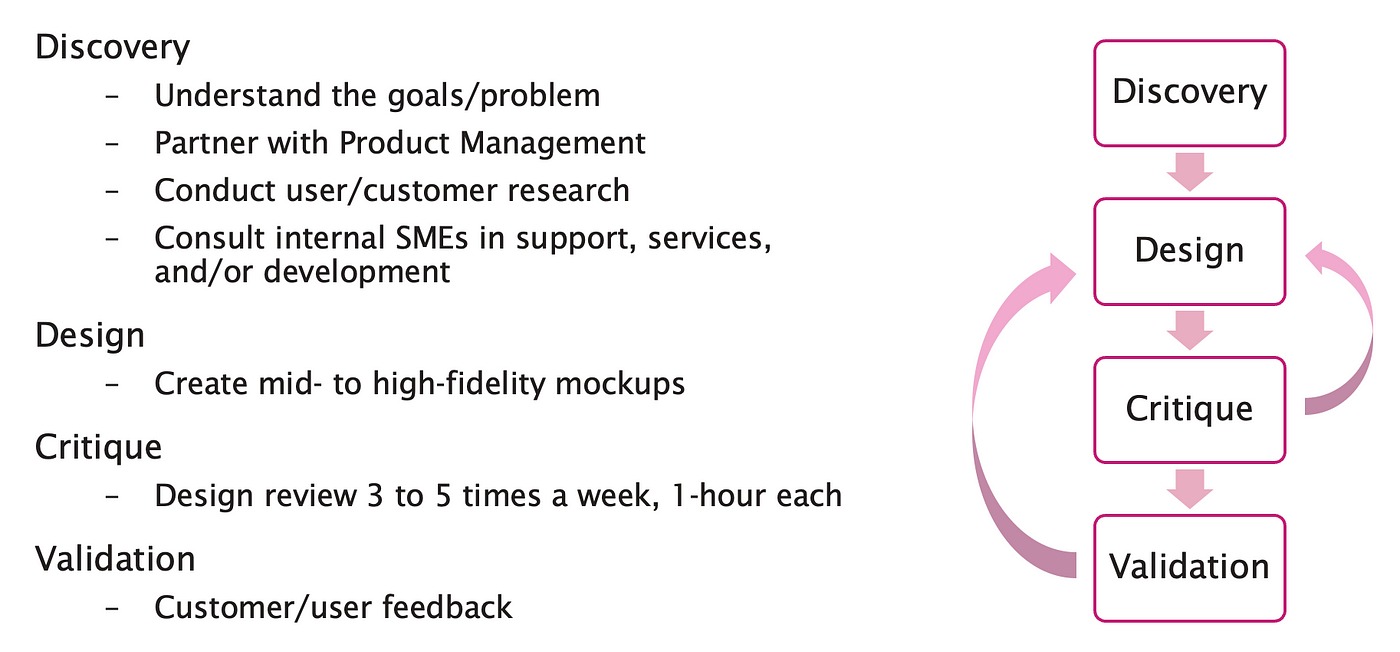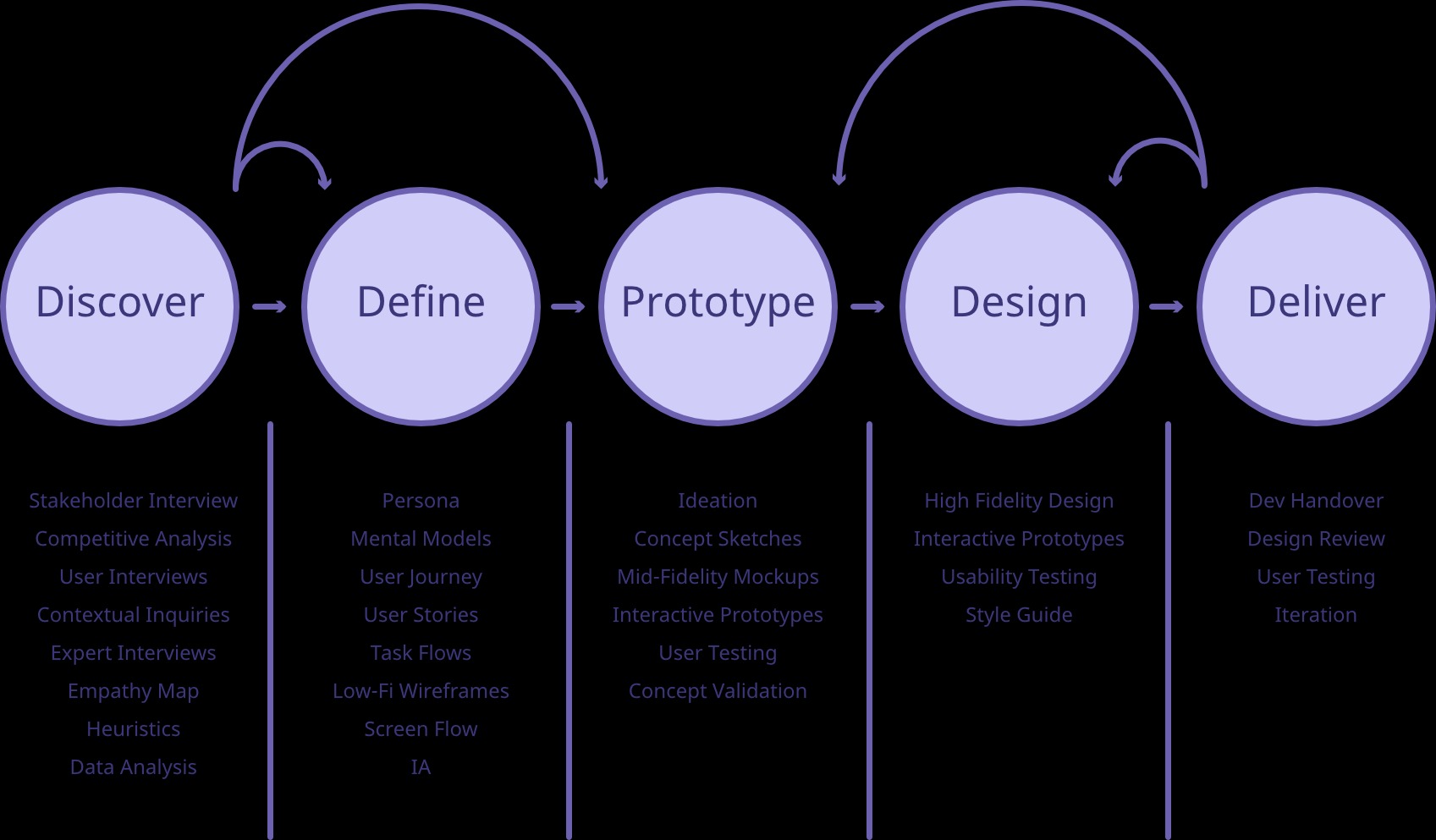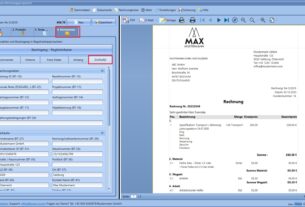Companies must find a balance between profitability, feasibility and compliance with lawful requirements. A long-term digital archive containing all the information about the company and its activities can be part of the solution. An archive of reliable tools and structures makes it possible to automatically create matter-specific files.
Five years after the conclusion of a contract with you, a partner disputes certain invoices, which means that you have to go through various records and track events over a period of time. Your accounting department has processed and stored all the invoices for the last five years. The partner manager kept all the emails with details about additional agreements and individual matter – but he left the company months ago. The prototypes and their acceptance minutes are kept in the production department, as well as the test reports and the delivery notes. Offers and orders have been processed by sales. How prepared are you for such a scenario?
Despite the Digital Transformation, Industry 4.0 and similar buzzwords that are currently making the rounds in the company’s process area, Paper is still widely used. More and more communication and document exchange processes are being digitized and visible borders are disappearing. Information from different sources must be collected, qualified, processed and stored. Therefore, it is becoming increasingly important for all departments of the company to have clearly defined and efficient document processes. When it comes to creating a digital archive, there is no perfect formula. The right one depends on the company’s circumstances, industry-specific regulations, certifications such as ISO, technical and financial feasibility and a number of other factors.
Experience has shown that centralized services such as a company-wide scanning server or document converter can speed up and simplify processes. Automation can minimize the sources of errors and improve the quality of documents, which saves time and money.
Centralized Scanning Server

A centralized scanning server is a service that converts locally scanned files and the associated index files within a company to the standardized PDF/a file format. He performs all the tasks that can be delegated to him by the local scanning stations. The solution is particularly suitable for processing steps that do not require any user interaction or that compromise the efficiency of the local scanning station with compute-intensive features such as OCR and compression.
A well-thought-out scanning process scans the documents as soon as the mail arrives and allows a paperless document flow from that moment on. This involves scanning, indexing and compressing paper documents to create electronic documents. Text and barcode recognition, which includes the addition of metadata and a digital signature, confirms the validity of electronic documents and allows an electronic search. Typical areas of use for a scanning server are, among others:

Paper capture: electronic archiving of paper documents.
Facsimile capture: electronic archiving of all fax operations.
Archive migration: Migration from paper archives to an electronic archive.
Web /Mobile Capture: Use of the central service in Client/server applications via a web service.
Integration of enterprise applications: use of the central service for creating PDF / A documents via a programming interface (API) from specialized applications.
Centralized Conversion

In addition to scanned documents, “digitally born” documents in a wide variety of formats enter a company’s processes, from office documents to e-mails (including attachments), HTML web pages and CAD drawings. In addition, incoming documents from external sources must be validated, repaired, optimized and preserved to ensure quality and a consistent standard in the company’s archives.
A Document Conversion Service facilitates the addition of all incoming and outgoing documents to the system as PDF/A files for the purpose of storing information about business processes. This may also include archiving email traffic (including attachments) between the company and its business partners. Another effective way is to use a web service or a programming interface (API) to create PDF(/A) documents directly from specialized applications. The document converter also allows the Migration of archives created in an older or proprietary Format. The following technical aspects are important for the two central server services: high quality, ISO compliance and image fidelity when converting documents, robust and convenient operation, high throughput capacity, performance scalability, application integration interfaces and extensibility for additional file formats and features.




